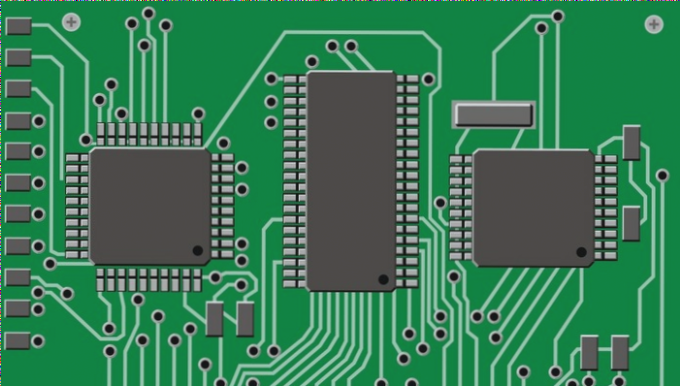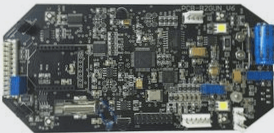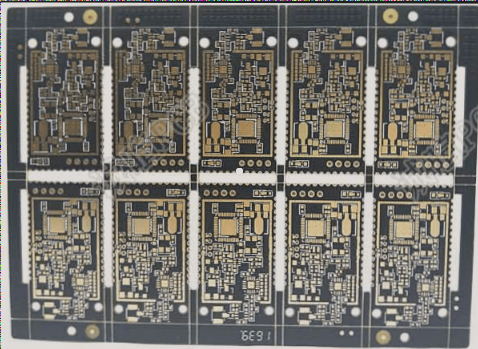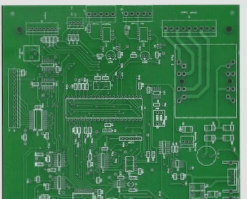Understanding PCB Board Warpage and Prevention Methods
PCB board warpage is a critical issue in the electronics industry, impacting the installation of electronic components and solder joint connections. Warped boards can lead to misalignment of leads, poor contact with solder surfaces, and even component damage. The primary cause of warpage is substrate warp, exacerbated by factors like thermal stress and manufacturing processes.

Preventing Warpage of Printed Circuit Boards
- Prevention of Substrate Warpage: Improper inventory methods can lead to substrate warpage. Moisture absorption, especially in single-sided copper clad laminates, can increase warpage. Proper storage conditions and moisture control are essential.
- Prevention of Warpage due to Design or Processing: Imbalanced circuit patterns or high processing temperatures can induce stress and warpage. Improving storage conditions and using meshed copper foils can help reduce stress.
- Minimization of Substrate Stress: Repeated heating and chemical exposure during processing can cause warpage. Careful handling and stress reduction techniques are crucial.
- Prevention during Soldering: Excessive solder temperatures during wave or dip soldering can increase warpage. Pre-baking copper clad laminates before use and proper temperature control are recommended.
Warpage Correction Methods
- Flattening during Manufacturing: Using roller leveling machines to flatten warped boards during production can reduce warpage in finished PCBs.
- Correction for Finished PCBs: Cold-pressing or controlled heating can help correct excessive warpage. Careful handling is necessary to avoid damage.
- Hot Pressing with Bow-shaped Molds: Hot-pressing with specialized molds is effective for leveling warped PCBs, improving overall product quality.
By implementing these prevention and correction methods, PCB manufacturers can enhance product quality, reduce defects, and ensure optimal performance of electronic components.
Methods for PCB Warpage Correction
- Placing the bent PCB in a bow-shaped mold and baking it in an oven can help gradually relax substrate stress, restoring the board to a flat state. Baking at temperatures close to the substrate’s glass transition temperature is crucial for effective stress relief without causing rosin or substrate discoloration.
- Softening the PCB through baking at the right temperature, followed by hot pressing and leveling in a bow-shaped mold, is a suitable approach for addressing minor warpage in PCBs. This method offers efficient leveling while minimizing the risk of warpage rebound after treatment.
Utilizing bow-shaped molds for leveling is a cost-effective and simple technique, making it a practical choice for PCB manufacturers looking to minimize warpage issues and meet their delivery deadlines.




